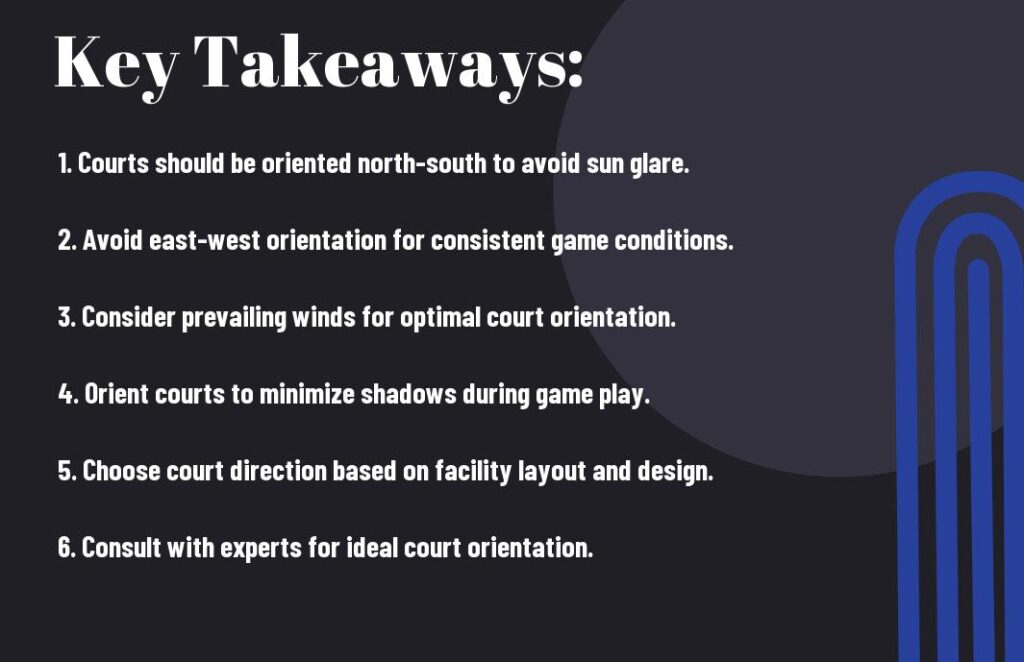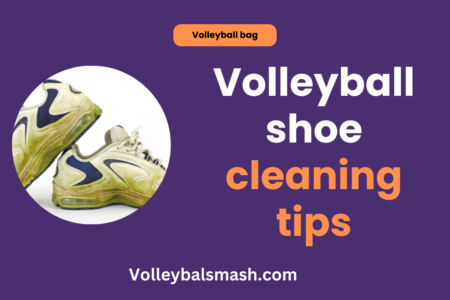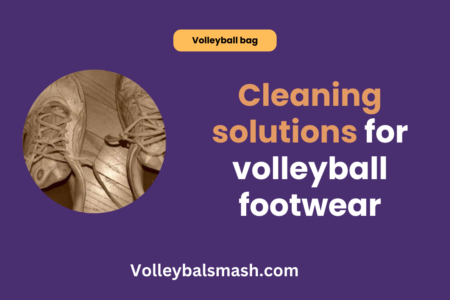Epistemologically speaking, the orientation of a volleyball court is crucial to the safety and enjoyment of the game. When setting up your volleyball court, it’s important to consider factors such as the direction of the sun, wind patterns, and potential obstructions. By carefully considering these elements, you can create an optimal playing environment that maximizes safety and enjoyment for all participants.

The Influence of Sun and Wind
Assuming you want to create the best playing conditions for your volleyball court, you need to consider the influence of both the sun and wind on its orientation. These factors can greatly affect the comfort and safety of the players, as well as the overall quality of the game.
Sun’s Impact on Volleyball Court Orientation
When determining the orientation of your volleyball court in relation to the sun, it is important to consider the path of the sun throughout the day. You want to avoid placing the court in a way that would have the sun directly in the eyes of the players during crucial times of the game. Glare from the sun can not only be distracting but also dangerous, as it can impair vision and increase the risk of injury. In addition, extreme exposure to direct sunlight for prolonged periods can lead to heat exhaustion and sunburn for the players.
Wind’s Effect on Volleyball Court Orientation
Wind can also have a significant impact on the orientation of your volleyball court. The direction and strength of the prevailing wind in your area can greatly affect the trajectory of the ball during the game. Placing the court in the direction of strong, consistent winds can lead to an imbalanced game, favoring one side over the other. Additionally, strong gusts of wind can create unpredictable playing conditions and affect the overall experience for the players.
The Volleyball Court Specifications
Obviously, it is important to follow the correct specifications when setting up a volleyball court to ensure fair play and safety. For more detailed guidance on the physical orientation of the court, you can refer to Physical Orientation On the Court Taught Using the OODA ….
Size and Dimensions of a Volleyball Court
When setting up a volleyball court, you need to be mindful of the size and dimensions. The standard dimensions for an indoor volleyball court are 18 meters long by 9 meters wide. This ensures that there is enough space for players to move around and for the ball to be in play. The net should be placed at the center of the court, dividing it into two equal halves. It is important to ensure that the court meets these size requirements to maintain the integrity of the game.
Ideal Volleyball Court Layout
When laying out a volleyball court, it is important to consider the ideal layout for optimal gameplay. You should position the net in the center of the court, with the top of the net at a height of 2.43 meters for men’s play and 2.24 meters for women’s play. The boundary lines should be clearly marked to define the playing area. It is essential to ensure that the court layout promotes fair and safe play, allowing players to move freely without obstruction.
Factors Influencing Volleyball Court Orientation
Lastly, before determining the orientation of your volleyball court, it’s important to consider the factors that will influence the decision. Here are some key factors to keep in mind:
- Geographical Location: The location of your volleyball court plays a significant role in its orientation. Depending on where you are, factors such as the position of the sun, prevailing wind direction, and local weather patterns can all impact how you should orient your court.
- Available Space and Nearby Structures: The amount of space you have available and any nearby structures or obstacles will also influence the orientation of your volleyball court. You want to ensure that there is enough room for the court itself, as well as space for players to move around freely without any obstructions.
Knowing how these factors impact the orientation of your volleyball court is crucial to creating the best possible playing experience for you and your fellow players.
Geographical Location
When it comes to the geographical location of your volleyball court, you need to take into account the position of the sun. A court that is directly facing the sun may cause glare, making it difficult for players to see the ball. Additionally, prevailing wind direction and local weather patterns can also impact how you should orient your court. For example, if you frequently experience strong winds from a certain direction, you may want to consider orienting your court to minimize the impact of the wind on gameplay.
Available Space and Nearby Structures
Consider the amount of space you have available for your volleyball court, as well as any nearby structures or obstacles. You want to ensure that there is enough room for the court itself, as well as space for players to move around freely without any obstructions. Additionally, nearby structures such as buildings or trees can cast shadows that may affect visibility, so it’s important to take these into consideration when determining the orientation of your court.
Assessing the Best Orientation for Volleyball Courts
Now that you have decided to build or revamp a volleyball court, it is important to consider the best orientation for it. The orientation of a volleyball court can significantly impact the quality of play and overall experience for players. Here, we will explore the factors that should be considered when determining the ideal orientation for a volleyball court.
Overview of Best Practices
When assessing the best orientation for a volleyball court, there are several best practices to keep in mind. The ideal location for a volleyball court is in an open area without obstruction from trees, buildings, or other structures. This ensures that players have enough space to move around and that there are no potential safety hazards. Additionally, it is important to consider the direction of the sun. You want to avoid having the sun directly in the eyes of the players, so orienting the court east-west can help mitigate this issue. The Building a Regulation Sand Volleyball Court article can give you more insights on best practices for volleyball court orientation.
Examples of Well-oriented Volleyball Courts
Looking at examples of well-oriented volleyball courts can provide valuable insight into what works best. A common orientation for outdoor volleyball courts is north-south, as it ensures that the sun does not pose a significant problem for players. Additionally, having the court oriented in this direction can also minimize wind interference during play, creating a more controlled environment. It is important to consider the specific geographical location and natural elements of the area when determining the best orientation for your volleyball court.
Conclusion
Now that you have learned about the factors that determine the orientation of a volleyball court, you should be confident in your ability to make an informed decision. Remember that the sun, wind, and surrounding environment all play a role in determining the ideal direction for a volleyball court. By considering these factors, you can ensure that your court is positioned in a way that maximizes the playing experience for both teams. Keep in mind that making the right decision can greatly enhance the overall enjoyment and competitiveness of the game.
FAQ
What direction should a volleyball court be oriented?
A standard indoor volleyball court should be oriented north-south, with the sideline facing east and west. This orientation minimizes the impact of sun glare and shadows during gameplay, creating more fair and consistent conditions for the players.
What are the dimensions of a standard volleyball court?
A standard indoor volleyball court is 18 meters long and 9 meters wide, with a centerline dividing the court into two equal halves. The net is positioned at the center of the court, standing at a height of 2.43 meters for men’s play and 2.24 meters for women’s play.
Are there specific guidelines for outdoor volleyball court orientation?
For outdoor volleyball courts, it is recommended to orient the court in an east-west direction, with the net set up on the north side. This helps to minimize the impact of sun glare and shadows, providing better visibility and playing conditions for outdoor games.



